Opinion & Analysis
Finding the right wedge shaft for your game

In the minds of many golfers, wedges are the most important clubs in the bag. As a fitter, I am always surprised how this belief conflicts with the amount of consideration golfers typically put into selecting their wedges. When asked why certain wedges are in their bag, most reply with something along the lines of, “Well, I’ve always just used this loft and grind,” “I’m not really sure” or “My buddy, who’s a scratch golfer, told me I need it.” For most, wedges are in an unfortunate race with the putter to win the unceremonious award of the clubs that help golfers the least.
Most people know there are wedges with multiple loft and bounce options available, even if they’re not quite sure what’s best for them. Very few, however, have ever thought about the shafts in their wedges. In this article, I’ll be showing you the importance of finding the proper shaft for the wedges in your bag by illustrating how different shafts can impact performance.
The goal of this test is not to make some generic recommendation that “you should be playing XXX shaft,” but rather to highlight the variance that can exist across different shafts. I encourage you to do your own testing with a qualified fitter, but if one is unavailable in your area, these themes might help find a good wedge shaft for you.
Testing Process
To conduct these tests, I selected three testers with low single-digit handicaps and relatively consistent swings. Any findings will only be amplified for higher-handicap golfers due to increased swing variability, and any shaft-to-shaft variations might have been hidden by this inconsistency.
We used an Edel Wedge fitting system because of the interchangeable hosel system and extensive shaft options. Each tester selected a 56-degree head with the bounce that fit them best. They then used the same wedge head on each of the six shafts we tested. The order the shafts was randomized for each golfer during the testing process.
The shafts represented some common wedge shafts and crossed multiple weights, flexes and EI profiles. Testers hit five shots at a target 100 yards away with each shaft, and all shots were measured with FlightScope.
The Data
Data: To start, I’m posting a table that shows summary results for each shaft per golfer (below). A couple of things to remember when reading this:
- All distances are in yards.
- All distances are carry distances.
- On lateral distances: negative numbers represent left of target, positive numbers right of target.
- Standard deviation shows the variance in the range with smaller numbers being better.
Full Testing Results
A lot to digest, right?
To help gauge shaft performance for each golfer, I created an additional table showing the ranges in carry distance and lateral dispersion. These numbers were then multiplied to calculate the total area covered by the five shots with each shaft. This is the single best summary stat I can think of to grade wedge performance.
Simplified Testing Results
Now we can start to see some things.
- Based on the average size of the dispersion area, Wes is the best wedge player. Sorry Mike and Nick, but I’m pretty sure you already knew this…
- Distance control is where variation really shows up, and this is where the best wedge players differentiate themselves. Of the 18 player/shaft combinations we tested, there were only two where the carry distance range was less than the lateral range.
- Each player did have a specific shaft that stood out, one with a dispersion area much smaller than the other options. There just wasn’t any consistency in shaft performance across the golfers.
Best and Worst Shafts for Each Tester
Launch Angle and Spin Rate Rankings
The same variation is found when looking at launch angle and spin rates, with the shafts that produced the highest and lowest launch and spin numbers varying for each golfer. These tables are simple stack rankings, based on performance.
- One interesting correlation was that for two of the three golfers, the same shaft provided the smallest dispersion area and lowest launch angle. While not a hard and fast rule, it’s something to keep in mind when trying out wedge shafts.
- The shafts that worked better for the testers weren’t necessarily the ones you would have guessed. The KBS C-Taper Lite 105R worked the best for Nick, who has an upright and aggressive swing. Wes has a flat, smooth swing and the relatively stiff and heavy True Temper DG Spinner Wedge+ shaft worked the best for him.
Two Big Takeaways
- Lighter and More Flexible is Probably Better. When selecting new or re-shafting your existing wedges, your best bet is to find a fitter with the proper experience and equipment to guide you through the options. If that’s not possible, a general trend shown here is that a shaft that’s lighter and a bit more flexible than what you’re using in your irons is a good bet.
- Enough about the Spin. Worrying about what wedge shaft creates the most spin should not be your top concern. Even though there was shaft-to-shaft variation in the spin produced, they all had enough to quickly stop the ball on the green. As good as these Edel wedges are, this is a consistent finding regardless of the brand we’re fitting. Finding the proper wedge head (loft, grind, bounce) and a shaft that helps your distance control should be your main focus when getting new wedges, not if one option gives you an extra hundred or two RPMs.
In our next article, we’ll talk more about selecting bounce and give you some tips on how to fit yourself if you can’t find a fitter with a proper wedge fitting system.
- LIKE427
- LEGIT58
- WOW25
- LOL5
- IDHT6
- FLOP12
- OB3
- SHANK35
Opinion & Analysis
Ryan: Why the race to get better at golf might be doing more harm than good

B.F. Skinner was one of the most important psychologists of the 20th century, developing the foundation of the development of reinforcement, and in doing so, creating the concept of behaviorism. In simple terms, this means that we are conditioned by our habits. In practical terms, it explains the divide between the few and far between elite instructors and college coaches.
To understand the application, let’s quickly review one of B.F. Skinner’s most important experiments; superstitions in the formation of behavior by pigeons. In this experiment, food was dispensed to pigeons at random intervals. Soon, according to Skinner, the pigeons began to associate whatever action they were doing at the time of the food being dispensed. According to Skinner, this conditioned that response and soon, they simply haphazardly repeated the action, failing to distinguish between cause and correlation (and in the meantime, looking really funny!).
Now, this is simply the best way to describe the actions of most every women’s college golf coach and too many instructors in America. They see something work, get positive feedback and then become conditioned to give the feedback, more and more, regardless of if it works (this is also why tips from your buddies never work!).
Go to a college event, particularly a women’s one, and you will see coaches running all over the place. Like the pigeons in the experiment, they have been conditioned into a codependent relationship with their players in which they believe their words and actions, can transform a round of golf. It is simply hilarious while being equally perturbing
In junior golf, it’s everywhere. Junior golf academies make a living selling parents that a hysterical coach and over-coaching are essential ingredients in your child’s success.
Let’s be clear, no one of any intellect has any real interest in golf — because it’s not that interesting. The people left, including most coaches and instructors, carve out a small fiefdom, usually on the corner of the range, where they use the illusion of competency to pray on people. In simple terms, they baffle people with the bullshit of pseudo-science that they can make you better, after just one more lesson.
The reality is that life is an impromptu game. The world of golf, business, and school have a message that the goal is being right. This, of course, is bad advice, being right in your own mind is easy, trying to push your ideas on others is hard. As a result, it is not surprising that the divorce rate among golf professionals and their instructors is 100 percent. The transfer rate among college players continues to soar, and too many courses have a guy peddling nefarious science to good people. In fact, we do at my course!
The question is, what impact does all this have on college-age and younger kids? At this point, we honestly don’t know. However, I am going to go out on a limb and say it isn’t good.
Soren Kierkegaard once quipped “I saw it for what it is, and I laughed.” The actions of most coaches and instructors in America are laughable. The problem is that I am not laughing because they are doing damage to kids, as well as driving good people away from this game.
The fact is that golfers don’t need more tips, secrets, or lessons. They need to be presented with a better understanding of the key elements of golf. With this understanding, they can then start to frame which information makes sense and what doesn’t. This will emancipate them and allow them to take charge of their own development.
- LIKE13
- LEGIT4
- WOW1
- LOL2
- IDHT0
- FLOP1
- OB0
- SHANK10
19th Hole
Vincenzi’s 2024 Valspar Championship betting preview: Elite ballstrikers to thrive at Copperhead

The PGA TOUR will stay in Florida this week for the 2024 Valspar Championship.
The Copperhead Course at Innisbrook Resort is a par 71 measuring 7,340 yards and features Bermudagrass greens overseeded with POA. Infamous for its difficulty, the track will be a tough test for golfers as trouble lurks all over the place. Holes 16, 17 and 18 — also known as the “Snake Pit” — make up one of the toughest three-hole stretches in golf and should lead to a captivating finish on Sunday.
The field is comprised of 156 golfers teeing it up. The field this week is solid and is a major improvement over last year’s field that felt the impact of players skipping due to a handful of “signature events” in a short span of time.
Past Winners at Valspar Championship
- 2023: Taylor Moore (-10)
- 2022: Sam Burns (-17)
- 2021: Sam Burns (-17)
- 2019: Paul Casey (-8)
- 2018: Paul Casey (-10)
- 2017: Adam Hadwin (-14)
- 2016: Charl Schwartzel (-7)
- 2015: Jordan Spieth (-10)
In this article and going forward, I’ll be using the Rabbit Hole by Betsperts Golf data engine to develop my custom model. If you want to build your own model or check out all of the detailed stats, you can sign up using promo code: MATTVIN for 25% off any subscription package (yearly is best value).
Key Stats For Copperhead
1. Strokes Gained: Approach
Strokes Gained: Approach grades out as the most important statistic once again this week. Copperhead really can’t be overpowered and is a second-shot golf course.
Total SG: Approach Over Past 24 Rounds (per round)
- Tony Finau (+.90)
- Nick Taylor (+.81)
- Justin Thomas (+.77)
- Greyson Sigg (+.69)
- Christiaan Bezuidenhout (+.67)
2. Good Drive %
The long hitters can be a bit limited here due to the tree-lined fairways and penal rough. Playing from the fairways will be important, but laying back too far will cause some difficult approaches with firm greens that may not hold shots from long irons.
Golfers who have a good balance of distance and accuracy have the best chance this week.
Good Drive % Over Past 24 Rounds
- Brice Garnett (+91.3%)
- Zach Johnson (+91.1%)
- Sam Ryder (+90.5%)
- Ryan Moore (+90.4%)
- Aaron Rai (+89.7%)
3. Strokes Gained: Ball Striking
Adding ball-striking puts even more of a premium on tee-to-green prowess in the statistical model this week. Golfers who rank highly in ball-striking are in total control of the golf ball which is exceedingly important at Copperhead.
SG: Ball Striking Over Past 24 Rounds:
- Xander Schauffele (+1.32)
- Keith Mitchell (+1.29)
- Tony Finau (+1.24)
- Cameron Young (+1.17)
- Doug Ghim (+.95)
4. Bogey Avoidance
With the conditions likely to be difficult, avoiding bogeys will be crucial this week. In a challenging event like the Valspar, oftentimes the golfer who is best at avoiding mistakes ends up on top.
Gritty golfers who can grind out difficult pars have a much better chance in an event like this than a low-scoring birdie-fest.
Bogey Avoidance Over Past 24 Rounds
- Brice Garnett (+9.0)
- Xander Schauffele (+9.3)
- Austin Cook (+9.7)
- Chesson Hadley (+10.0)
- Greyson Sigg (+10.2)
5. Strokes Gained: Total in Difficult Conditions
Conditions will be tough this week at Copperhead. I am looking for golfers who can rise to the occasion if the course plays as difficult as it has in the past.
Strokes Gained: Total in Difficult Conditions Over Past 24 rounds
- Xander Schauffele (+1,71)
- Min Woo Lee (+1.39)
- Cameron Young (+1.27)
- Jordan Spieth (+1.08)
- Justin Suh (+.94)
6. Course History
That statistic will tell us which players have played well at Copperhead in the past.
Course History Over Past 24 rounds
- Patrick Cantlay (+3.75)
- Sam Burns (+2.49)
- Davis Riley (+2.33)
- Matt NeSmith (+2.22)
- Jordan Spieth (+2.04)
The Valspar Championship Model Rankings
Below, I’ve compiled overall model rankings using a combination of the five key statistical categories previously discussed — SG: Approach (27%), Good Drive % (15%), SG: BS (20%), Bogeys Avoided (13%), Course History (13%) Strokes Gained: Total in Difficult Conditions (12%).
- Xander Schauffele
- Doug Ghim
- Victor Perez
- Greyson Sigg
- Ryan Moore
- Tony Finau
- Justin Thomas
- Sam Ryder
- Sam Burns
- Lucas Glover
2024 Valspar Championship Picks
Justin Thomas +1400 (DraftKings)
Justin Thomas will be disappointed with his finish at last week’s PLAYERS Championship, as the past champion missed the cut despite being in some decent form heading into the event. Despite the missed cut, JT hit the ball really well. In his two rounds, the two-time major champion led the field in Strokes Gained: Approach per round.
Thomas has been up and down this season. He’s missed the cut in two “signature events” but also has finishes of T12 at the Arnold Palmer Invitational, T12 at the Waste Management Phoenix Open, T6 at the Pebble Beach AT&T Pro-Am and T3 at the American Express. In his past 24 rounds, he ranks 3rd in the field in Strokes Gained: Approach and 6th in Strokes Gained: Ball Striking in the field.
Thomas loves Copperhead. In his last three tries at the course, he’s finished T13, T3 and T10. Thomas would have loved to get a win at a big event early in the season, but avoidable mistakes and a balky putter have cost him dearly. I believe a trip to a course he loves in a field he should be able to capitalize on is the right recipe for JT to right the ship.
Christiaan Bezuidenhout +6000 (FanDuel)
Christiaan Bezuidenhout is playing spectacular golf in the 2024 season. He finished 2nd at the American Express, T20 at Pebble Beach and T24 at the Genesis Invitational before finishing T13 at last week’s PLAYERS Championship.
In his past 24 rounds, the South African ranks 3rd in the field in Strokes Gained: Approach and 26th in Strokes Gained: Ball Striking. Bezuidenhout managed to work his way around TPC Sawgrass last week with minimal damage. He only made five bogeys in the entire week, which is a great sign heading into a difficult Copperhead this week.
Bezuidenhout is winless in his PGA Tour career, but certainly has the talent to win on Tour. His recent iron play tells me that this week could be a breakthrough for the 35-year-old who has eyes on the President’s Cup.
Doug Ghim +8000 (FanDuel)
Doug Ghim has finished in the top-16 of his past five starts. Most recently, Ghim finished T16 at The PLAYERS Championship in a loaded field.
In his past 24 rounds, Ghim ranks 8th in Strokes Gained: Approach and 5th in Strokes Gained: Ball Striking. In terms of his fit for Copperhead, the 27-year-old ranks 12th in Bogey Avoidance and 7th in Strokes Gained: Total in Difficult Conditions, making him a great fit for the course.
Ghim has yet to win on Tour, but at one point he was the top ranked Amateur golfer in the world and played in the 2017 Arnold Palmer Cup and 2017 Walker Cup. He then won the Ben Hogan award for the best male college golfer in 2018. He certainly has the talent, and there are signals aplenty that his talent in ready to take him to the winner’s circle on the PGA Tour.
Sepp Straka +8000 (BetRivers)
Sepp Straka is a player who’s shown he has the type of game that can translate to a difficult Florida golf course. The former Presidents Cup participant won the 2022 Honda Classic in tough conditions and should thrive with a similar test at Copperhead.
It’s been a slow 2024 for Straka, but his performance last week at the PLAYERS Championship surely provides some optimism. He gained 5.4 strokes on approach as well as 1.88 strokes off the tee. The tee-to-green game Straka showed on a course with plenty of danger demonstrates that he can stay in control of his golf ball this week.
It’s possible that the strong performance last week was an outlier, but I’m willing to bet on a proven winner in a weaker field at a great number.
Victor Perez +12000 (FanDuel)
Victor Perez is no stranger to success in professional golf. The Frenchman has three DP World Tour wins including a Rolex Series event. He won the 2019 Alfred Dunhill Links Championship, as well as the 2023 Abu Dhabi HSBC Championship, which are some big events.
Perez earned his PGA Tour card this season and enters the week playing some fantastic golf. He finished in a tie for 16th in Florida at the Cognizant Classic and then tied for third in his most recent start at the Puerto Rico Open.
In his past 24 rounds in the field, Perez ranks 11th in Strokes Gained: Approach, 1oth in Strokes Gained: Ball Striking, 6th in Good Drive % and 15th in Bogey Avoidance.
Perez comes in as a perfect fit for Copperhead and offers serious value at triple-digit odds.
- LIKE16
- LEGIT3
- WOW2
- LOL1
- IDHT0
- FLOP1
- OB2
- SHANK6
Opinion & Analysis
Myrtle Beach, Explored: February in South Carolina

As I gain in experience and age, and familiarity breeds neither contempt nor disdain, I understand why people return to a place. A destination like Myrtle Beach offers a sizable supply and diversity of restaurants, entertainment venues, and shops that are predicated on the tenets of the service industry. Greet your customers with a smile and a kind word, and they will find comfort and assurance. Provide them with a memorable experience and they will suggest your place of business to others.
My first tour of Myrtle Beach took place in the mid-1980s, and consisted of one course: Gator Hole. I don’t remember much from that day, and since Gator Hole closed a decade later, I cannot revisit it to recollect what I’d lost. Since then, I’ve come to the Grand Strand a few times, and been fortunate to never place a course more than once. I’ve seen the Strantz courses to the south and dipped my toe in the North Carolina courses of Calabash. I’ve been to many in the middle, including Dunes, Pine Lakes, Grande Dunes among them.
2024 brought a quartet of new courses, including two at the Barefoot Resort. I’d heard about the North Myrtle Beach four-pack of courses that highlight the Barefoot property, including layouts from Pete Dye, Tom Fazio, Davis Love III, and Greg Norman. I had the opportunity to play and shoot the Dye and Fazio tracks, which means that I’ll have to return to see the other two. Sandwiched between them were the TPC-Myrtle Beach course, also from Tom Fazio, and the Pawley’s Plantation trace, by the hand of Jack Nicklaus. I anticipated a bit of the heroic, and bit of the strategic, and plenty of eye candy. None of those architects would ever be considered a minimalist, so there would be plenty of in-play and out-of-play bunkers and mounds to tantalize the senses.
My nephew arrived a few days early, to screen a few more courses. As a result, you the reader will have an extra quarter of mini-reviews, bringing the total of courses in this piece to eight. It was inconceivable that CJR would play four courses that I had never played nor photographed, but that was the case. His words appear at the end of this piece. We hope that you enjoy the tour.
Main Feature: Two Barefoots, a TPC, and Pawley’s Plantation
What Paul “Pete” Dye brought back from his trips to the United Kingdom, hearkened back to what C.B. MacDonal did, some 65 years prior. There is a way of finding bunkers and fairways, and even green sites, that does not require major industrial work. The Dye course at Barefoot Resorts takes you on a journey over the rumpled terrain of distant places. If there’s one element missing, it’s the creased and turbulent fairways, so often found in England and Ireland. The one tenet of playing a Dye course, is to always aim away from temptation, from where your eyes draw you. Find the safe side of the target, and you’ll probably find your ball. It then stands that you will have a shot for your next attempt. Cut the corner, and you might have need to reload. The Barefoot course begins gently, in terms of distance, but challenges with visual deception. After two brief 4s and a 3, the real work begins. The course is exposed enough, to allow the coastal winds to dance along the fairways. Be ready to keep the ball low and take an extra club or two.
If memory serves, TPCMB is my first trek around a TPC-branded course. It had all the trappings of a tour course, from the welcome, through the clubhouse, to the practice facilities and, of course, the course. TPC-Myrtle Beach is a Tom Fazio design, and if you never visit Augusta National, you’ll now have an idea of what it is like. You play Augusta’s 16th hole twice at TPCMB, and you enjoy it both times. Fazio really likes the pond-left, green-angle-around par three hole, and his two iterations of it are memorable.
You’ll also see those Augusta bunkers, the ones with the manicured edges that drop into a modestly-circular form. What distinguishes these sand pits is the manner in which they rise from the surrounding ground. They are unique in that they don’t resemble the geometric bunkering of a Seth Raynor, nor the organic pits found in origin courses. They are built, make no mistake, and recovery from them is manageable for all levels of bunker wizardry.
If you have the opportunity to play the two Tom Fazio courses back to back, you’ll notice a marked difference in styling. Let me digress for a moment, then circle back with an explanation. It was written that the NLE World Woods course designed by Fazio, Pine Barrens, was an homage to Pine Valley, the legendary, New Jersey club where Fazio is both a member and the architect on retainer. The Pine Barrens course was plowed under in 2022, so the homage no longer exists. At least, I didn’t think that it existed, until I played his Barefoot Resort course in North Myrtle Beach.
Pine Valley might be described as an aesthetic of scrub and sand. There are mighty, forced carries to travers, along with sempiternal, sandy lairs to avoid. Barefoot Fazio is quite similar. If you’re not faced with a forced carry, you’ll certainly contend with a fairway border or greenside necklace of sand. When you reach the 13th tee, you’ll face a drive into a fairway, and you might see a distant green, with a notable absence: flagstick. The 13th is the icing on the homage cake, a callout of the 8th hole at Pine Valley. Numero Ocho at the OG has two greens, side by side, and they change the manner in which the hole plays (so they say.) At Barefoot Fazio, the right-side green is a traditional approach, with an unimpeded run of fairway to putting surface. The left-side green (the one that I was fortunate to play) demands a pitch shot over a wasteland. It’s a fitting tribute for the rest of us to play.
Be certain to parrot the starter, Leon’s, advice, and play up a deck of tees. Barefoot Fazio offers five par-three holes, so the fours and fives play that much longer. Remember, too, that you are on vacation. Why not treat yourself to some birdie looks?
The Jack Nicklaus course at Pawley’s Plantation emerged from a period of hibernation in 2024. The greens were torn up and their original contours were restored. Work was overseen by Troy Vincent, a member of the Nicklaus Architecture team. In addition, the putting corridors were reseeded with a hardier, dwarf bermuda that has experienced great success, all along the Grand Strand that is Myrtle Beach.
My visit allowed me to see the inward half first, and I understand why the resort wishes to conclude your day on those holes. The front nine of Pawley’s Plantation works its way through familiar, low country trees and wetlands. The back nine begins in similar fashion, then makes its way east, toward the marsh that separates mainland from Pawley’s Island. Recalling the powerful sun of that Wednesday morning, any round beginning on the second nine would face collateral damage from the warming star. Much better to hit holes 11 to close when the sun is higher in the sky.
The marshland holes (12 through 17) are spectacular in their raw, unprotected nature. The winds off the Atlantic are unrelenting and unforgiving, and the twin, par-three holes will remain in your memory banks for time’s march. In typical Golden Bear fashion, a majority of his putting targets are smallish in nature, reflecting his appreciation for accurate approach shots. Be sure to find the forgiving side of each green, and err to that portion. You’ll be grateful.
Bonus Coverage: Myrtlewood, Beechwood, Arrowhead, and King’s North
Arrowhead (Raymond Floyd and Tom Jackson)
A course built in the middle of a community, water threatens on most every hole. The Cypress 9 provides a few holes forcing a carried drive then challenge you with water surrounding the green. On Waterway, a drivable 2nd hole will tempt most, so make sure the group ahead has cleared the green.
Myrtlewood (Edmund Alt and Arthur Hills) and Beechwood (Gene Hamm)
A middle of the winter New Englander’s paradise. Wide open fairways, zero blind shots and light rough allow for shaking off the rust and plenty of forgiveness. A plethora of dog legs cause one to be cautious with every tee shot. Won’t break the bank nor the scorecard.
King’s North @ Myrtle Beach National (Arnold Palmer)
- LIKE2
- LEGIT0
- WOW0
- LOL0
- IDHT0
- FLOP1
- OB0
- SHANK1
-

 19th Hole1 day ago
19th Hole1 day agoJohn Daly stuns fans into silence with brutal opening tee shot on PGA Tour Champions
-
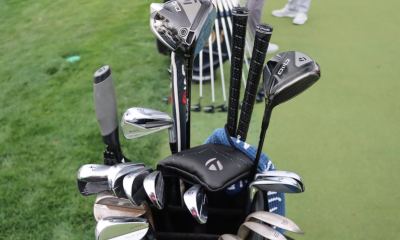
 Whats in the Bag3 weeks ago
Whats in the Bag3 weeks agoScottie Scheffler WITB 2024 (March)
-

 19th Hole3 weeks ago
19th Hole3 weeks agoPaulina Gretzky opens up on receiving death threats following DJ’s move to LIV Golf
-
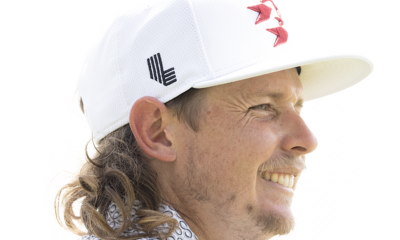
 19th Hole3 weeks ago
19th Hole3 weeks agoVincenzi’s LIV Golf Hong Kong betting preview: Trio of major champs primed for big week
-

 19th Hole5 days ago
19th Hole5 days ago2-time major champ announces shock retirement from the sport at age of 33
-

 19th Hole6 days ago
19th Hole6 days agoEdoardo Molinari reveals the latest PGA Tour golfer to turn down ‘good offer’ from LIV Golf
-

 19th Hole1 week ago
19th Hole1 week agoScottie Scheffler had an interesting response when asked how he ‘quiets the noise’ following Players victory
-

 19th Hole7 days ago
19th Hole7 days agoJon Rahm dealt fresh blow to hopes of qualifying for 2025 Ryder Cup

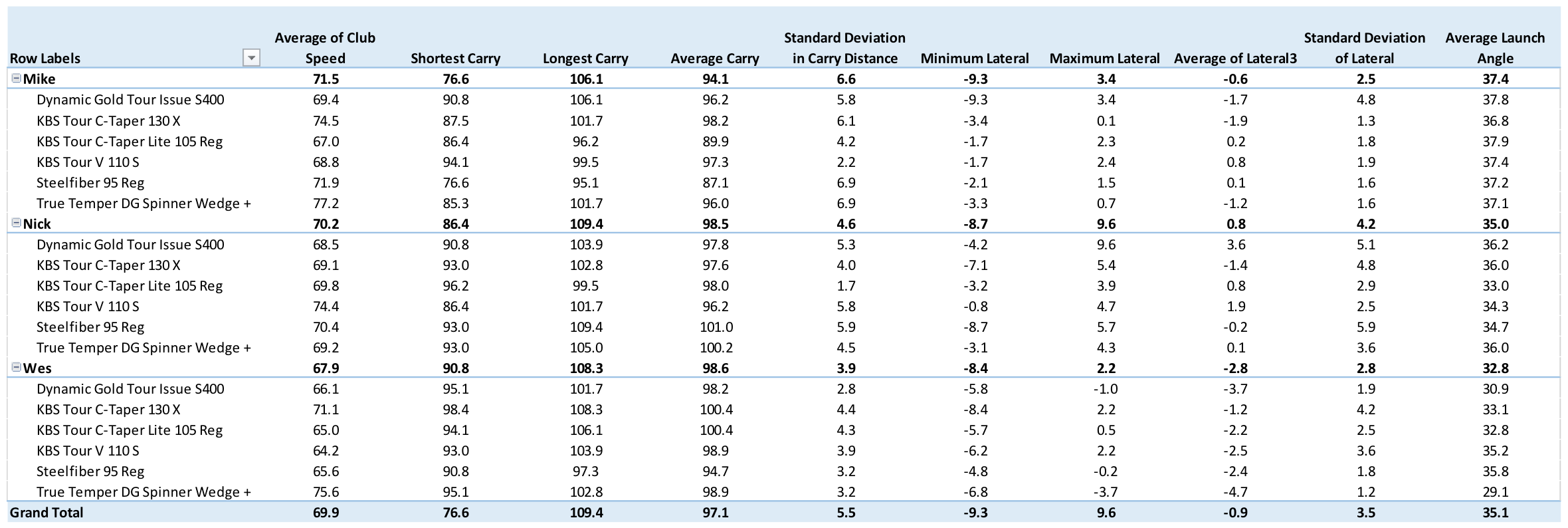
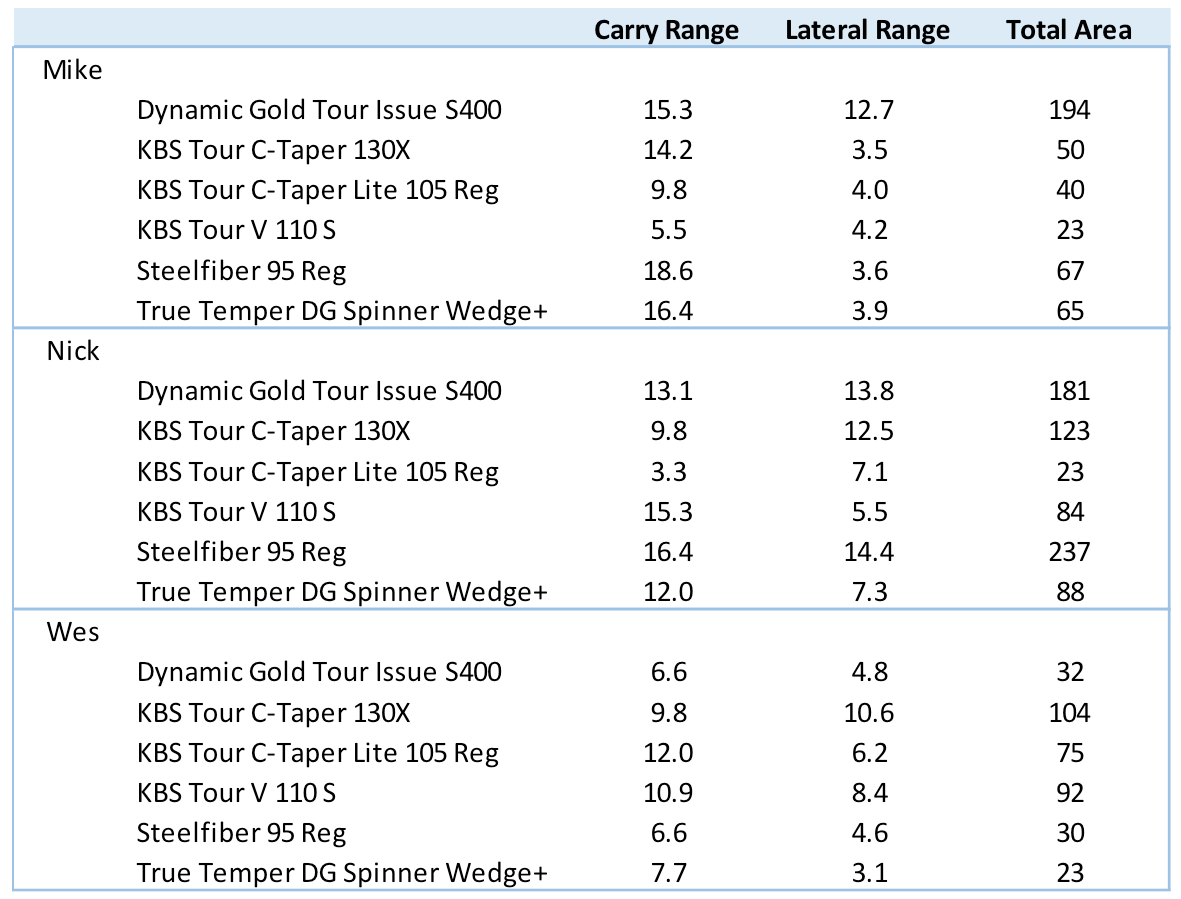
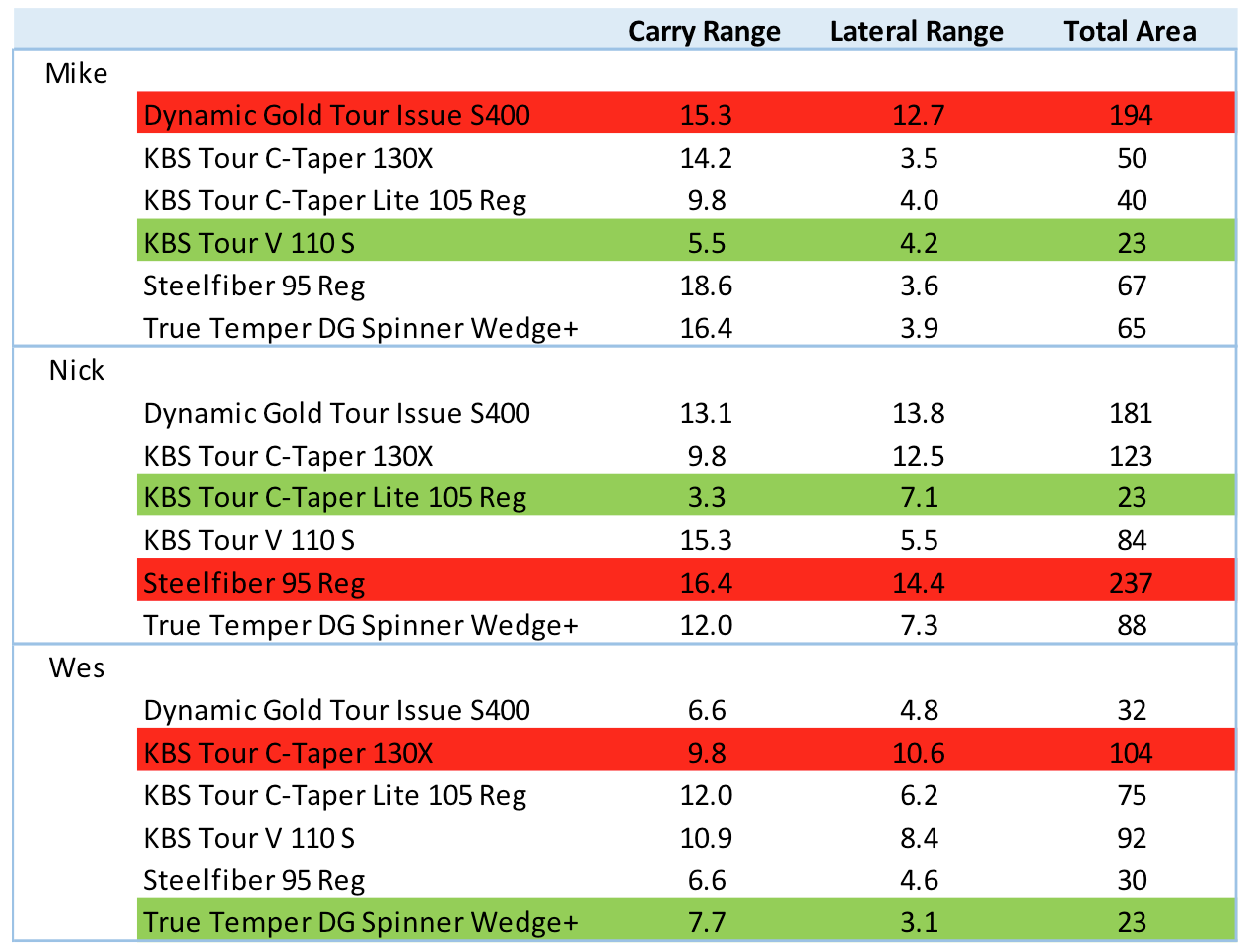








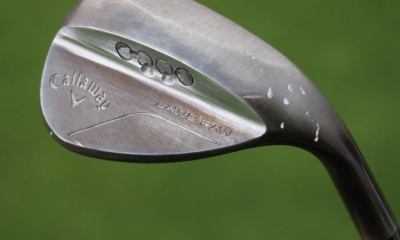





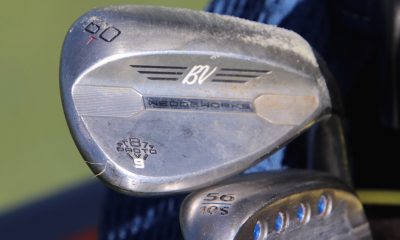



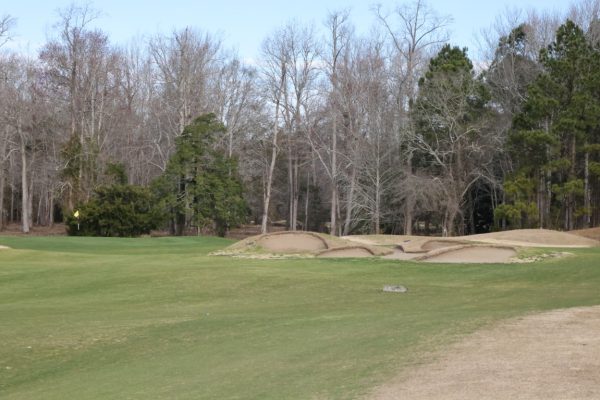
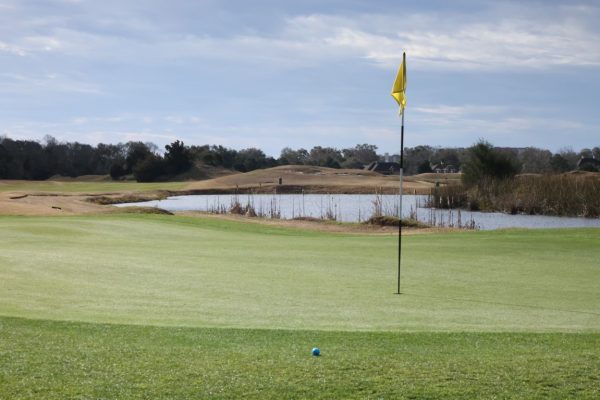




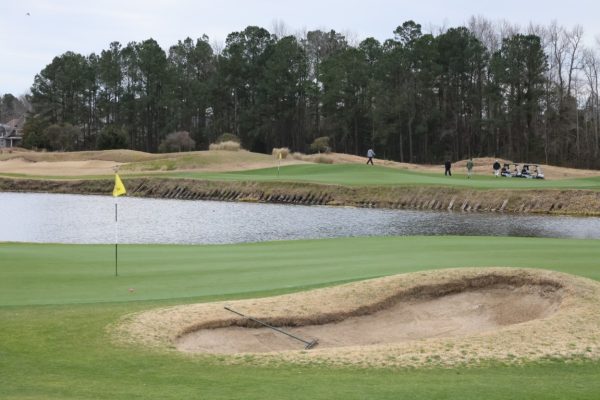

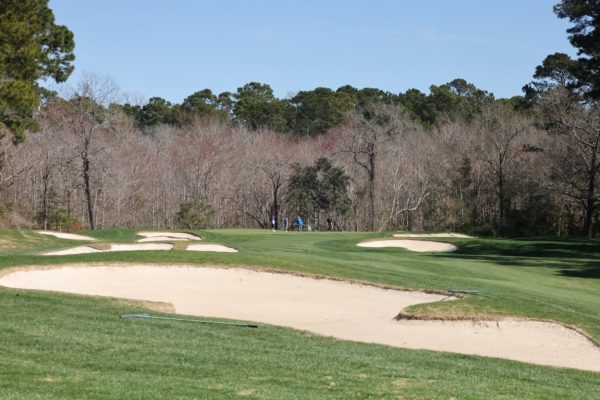
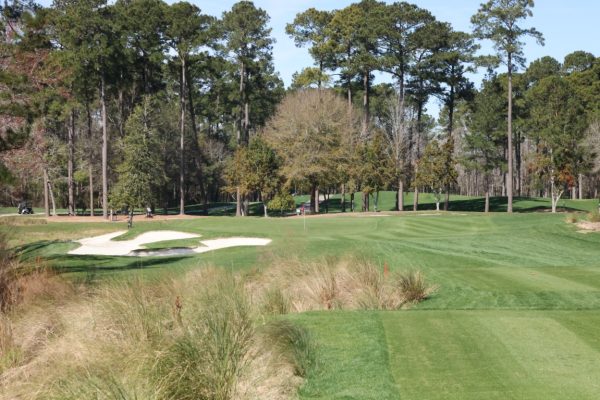
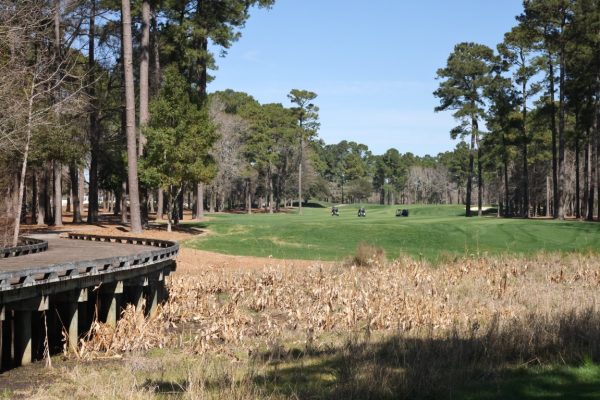


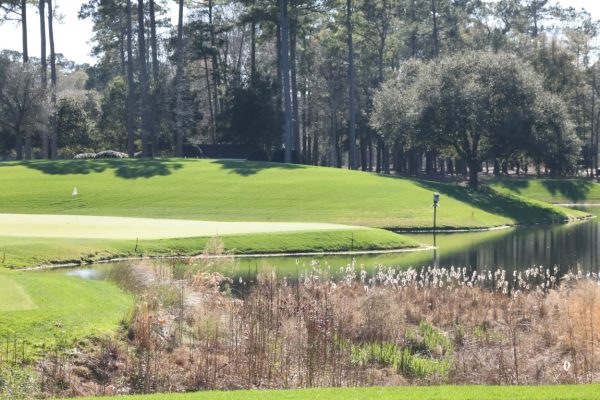
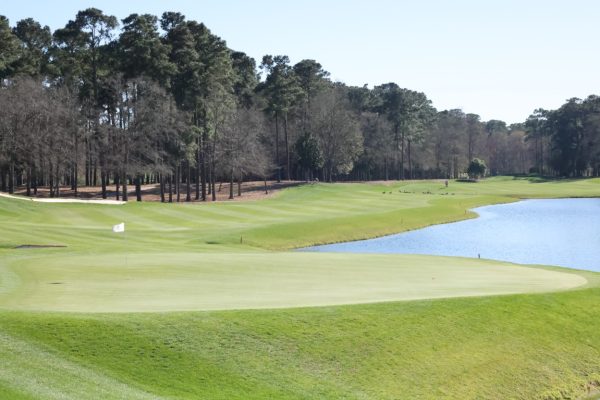
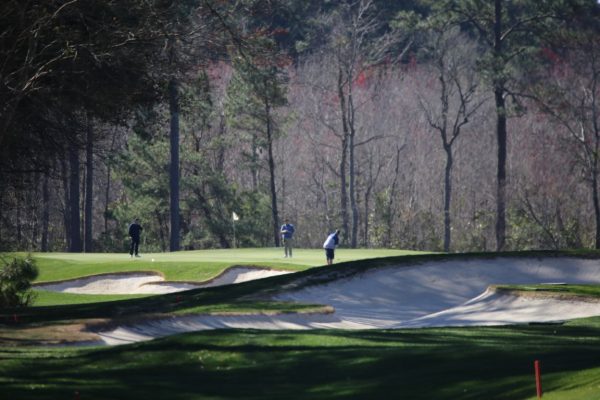

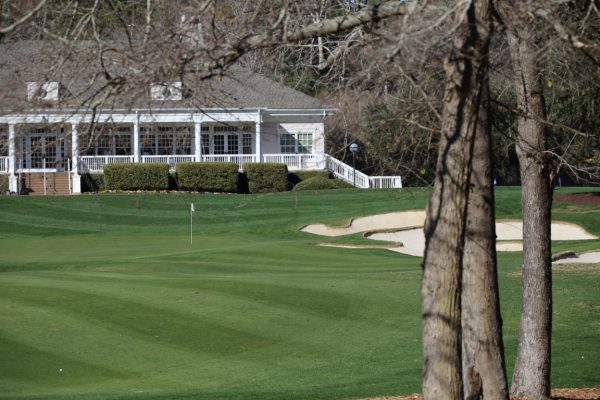


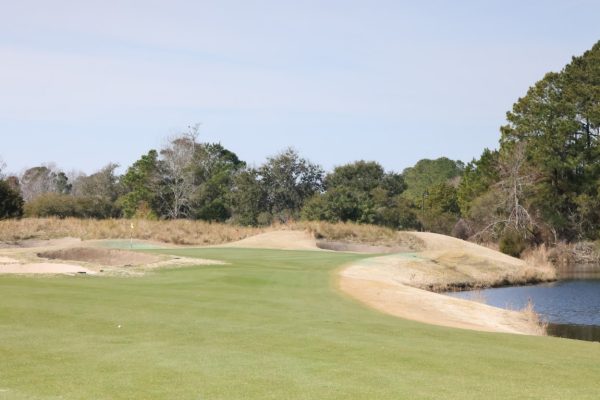
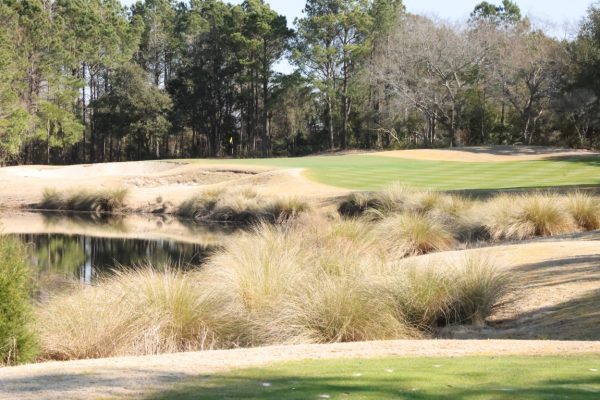






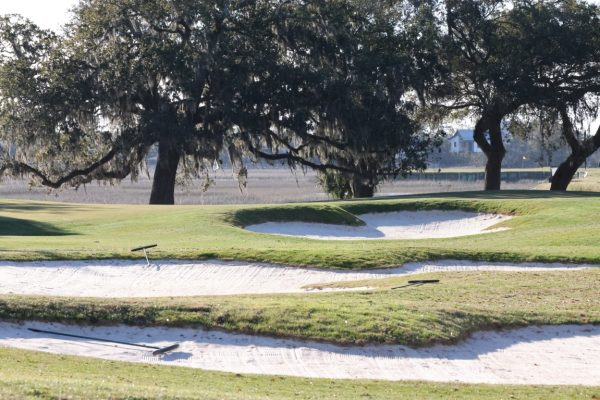



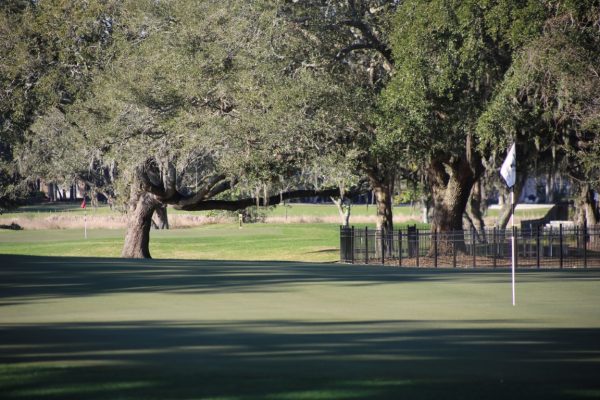
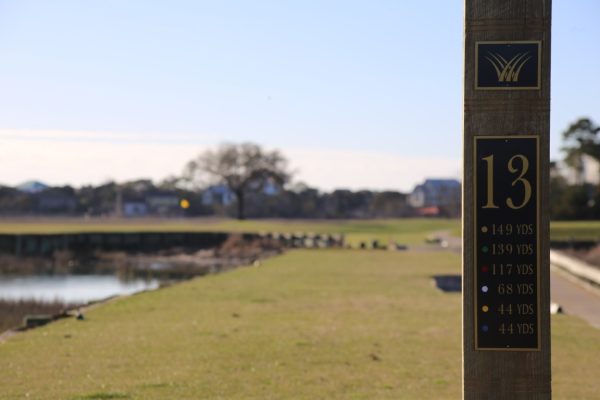
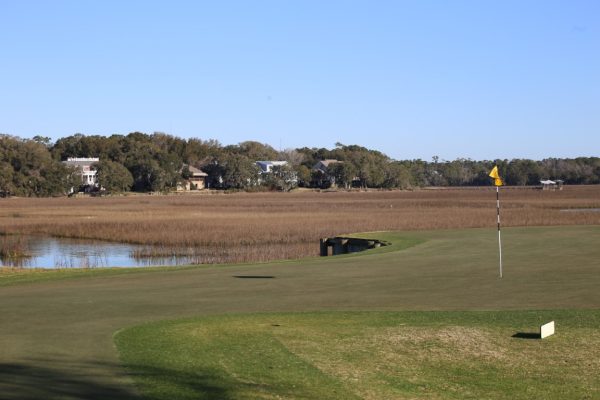
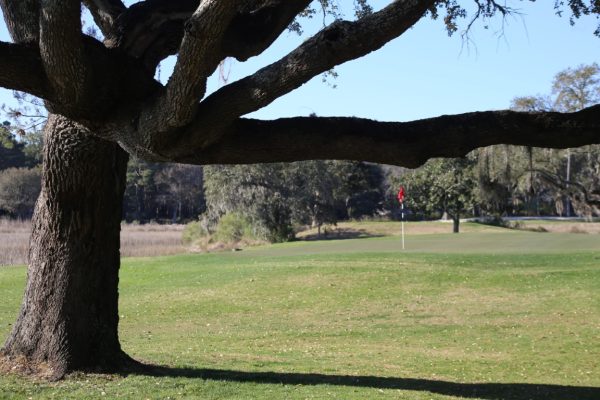
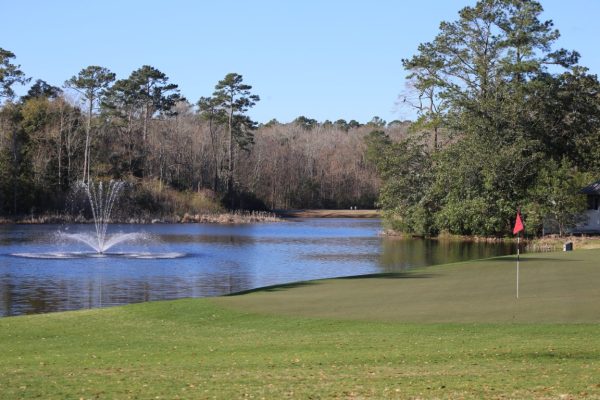
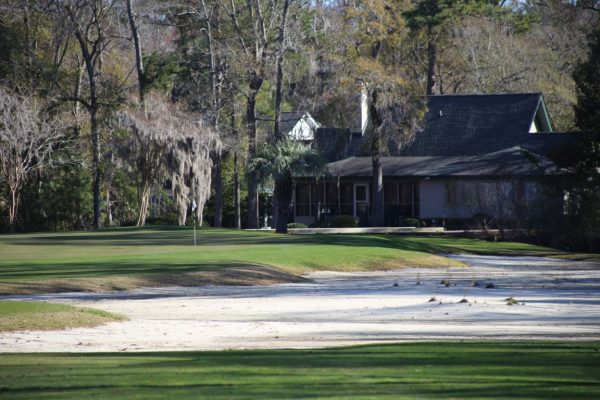









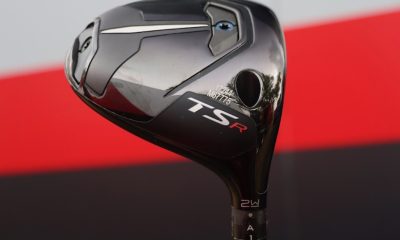

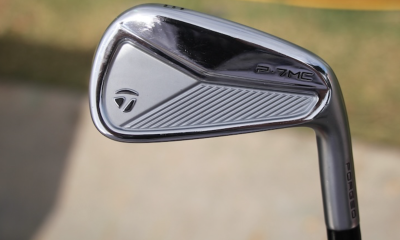

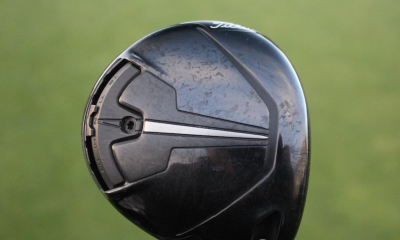



Steve Lack
Aug 28, 2016 at 11:25 am
Softer tips must be why some golfers tip trim their wedge shafts to 8 iron specs?
Ezra
Aug 21, 2016 at 4:35 pm
Absolute BS from a fitter trying to sell his services.
Steve S
Aug 31, 2016 at 1:53 pm
Agreed. Most of the articles I see on fitting are BS. Especially on drivers. Anyone schooled in physics and dynamics laughs at most of the articles. The reality is you want a shaft and grip that is as light and stiff as possible because any weight that is not in the club head does nothing to contribute to the force and momentum of the swing. By doing that then it’s a simple determination on loft of the club face and speed to determine maximum distance for you. This assumes that you have a reasonably decent swing arc and impact position. If not, you should work on that before worrying about “getting fit”.
John
May 27, 2020 at 3:46 pm
The dumbest comment ive ever read on any golf related subject, ever..
Clearly, You are an utterly clueless mental midget
Steve S
Aug 31, 2016 at 2:45 pm
Agreed. Most fitting advice is BS. All these guys try to make this complicated. Without a decent repeatable swing arc all “fitting” does is TRY to compensate for your mistakes which never works in the long run….
tlmck
Aug 19, 2016 at 3:06 pm
Same shafts as my irons and low bounce since the 1980’s has always worked well for me.
Benny
Aug 19, 2016 at 6:53 am
Great article even though I wasn’t able to understand all the data. I feel I am a better wedge player than most and know through trial and error what works well. S400 shafts my buddy had which he added weights too, were way to delayed so my shots went right while whippy wedge shafts or too light pull and hook. But how does the “bounce” play into this data? For instance I have always hit higher bounce heads much longer than low bounce. Regardless of the shaft. Should this be a factor when getting wedges fit and wouldn’t the bounce also cause different dispersion and accuracey?
baudi
Aug 18, 2016 at 9:25 am
Nice test and great article.
To me it simply proves that a good player should find his right wedge shaft.
Although I wouldn’t go as far stating lighter is better. (A softer shaft than in irons is definitely better. Tom Wishon did a great test on this one)
Point here is that a wedge being a utility club is used on partial shots most of the time. That implies a slower rhythm. A slightly heavier but softer shaft will create a lively feel in the swing.
Christian
Aug 17, 2016 at 10:39 pm
I have tried lighter shafts in wedges and initially they work well, especially during testing. After a while I start to get more misshits, a jerky/handsy action and even skulled shots. Back to S400s now, the most stable option for me. I game 130+ gram X in irons
Scott
Aug 24, 2016 at 9:34 am
I had the exact same results after moving to lighter shafts. Worked great until it didn’t. I get more feel with the heavier shaft.
Chris Wycoff
Aug 17, 2016 at 10:33 pm
Thanks for all the great comments and feedback – happy to answer any questions anyone might have!
jason c geraci
Aug 25, 2016 at 9:07 am
Why didn’t you test shafts that are specifically designed for wedges?
Chris Wycoff
Aug 17, 2016 at 10:30 pm
It’s not a specific wedge shaft, but we used in testing due to it’s flex profile. It it fits you, it’s a great shaft option.
Brian T
Aug 17, 2016 at 10:12 pm
Why not include the s200 as it is comes in pretty much every wedge out there? At least a baseline of sorts, or give us an idea of where it stacks up against the others.
Chris Wycoff
Aug 17, 2016 at 10:27 pm
Hi Brian –
That’s a good point, we used the S400 as it’s very close to the S200, only 3 grams heavier.
Matt
Aug 17, 2016 at 8:01 pm
I’m all messed up X100 in irons KBS Tour X in wedges.
Chris Wycoff
Aug 17, 2016 at 10:30 pm
Whatever works for you!
NS Pro
Aug 17, 2016 at 6:04 pm
Why were no Modus3 wedge shafts included in this fitting?
Chris Wycoff
Aug 17, 2016 at 10:07 pm
There was no reason it was intentionally excluded, we just had to pick a reasonable number of shafts with varying weights, flexes and profiles to show the variations. Love the Modus shafts, they very well may be the best shafts for you.
jf
Aug 17, 2016 at 5:53 pm
“Any findings will only be amplified for higher-handicap golfers due to increased swing variability, and any shaft-to-shaft variations might have been hidden by this inconsistency.”
So shaft fitting for wedges is of little benefit to most hackers?
Chris Wycoff
Aug 17, 2016 at 10:09 pm
Hi JF – thanks for reading, it actually means that wedge fittings are even more important for “most hackers’. Better players are better equipped to deal with a shaft that isn’t fit for their swing. Hackers need all the help they can get!
Larry
Aug 17, 2016 at 2:39 pm
I’m using reg flex KBS Tour 90 shafts in my irons. So the recommendation for my wedges is to soft step the same shafts to get lighter & more flexible. Correct?
Chris Wycoff
Aug 17, 2016 at 10:11 pm
Larry – the real recommendation is to find a fitter that allows you to test multiple options and find the best possible shaft. If that’s not possible, it’s very likely soft stepping your same shafts would produce better results than a stock wedge shaft.
DB
Aug 17, 2016 at 2:12 pm
What do you mean by this? You don’t like a lot of wedge or putter designs? Or they have the least tech?
“For most, wedges are in an unfortunate race with the putter to win the unceremonious award of the clubs that help golfers the least.”
explainer
Aug 17, 2016 at 3:17 pm
He means essentially “amateur/high-cap golfers just pick their wedges and putter willy nilly at a detriment to their score”
Chris Wycoff
Aug 17, 2016 at 10:47 pm
DB – unfortunately explainer is correct. Few golfers are fit for wedges and putters even though they are used for over half the shots in a round. The wedges and putter in most bags are working against the golfer, instead of for them.
T-Bone
Aug 17, 2016 at 1:56 pm
Chris, How does a shaft create more spin than another?
Chris Wycoff
Aug 17, 2016 at 10:12 pm
T-Bone –
Thanks for reading. Different shafts have different flex profiles that produce varying flight characteristics. For many, a soft tip section will produce a higher flight with higher spin.
T-Bone
Aug 18, 2016 at 12:16 am
OK, thanks. How many more RPM’s of spin could an average swing speed player expect when switching to a soft tip shaft?
Chris Wycoff
Aug 18, 2016 at 9:29 am
It’s really impossible to say. There are so many variables in the swing and how they interact with the shaft is what matters. It’s best to really find somewhere to try some options and find out for yourself.
Tyler Brown
Aug 17, 2016 at 1:10 pm
Why were wedge specific shafts like KBS 610 and Hi Rev not tested?
Chris Wycoff
Aug 17, 2016 at 10:32 pm
Hi Tyler –
If I were trying to make general recommendations on specific shafts, I definitely would have included them. The intent of this article was to simply illustrate how much variance there is between different shafts for different golfers. In an actual fitting, I do typically include those for testing.
GMR
Aug 17, 2016 at 1:09 pm
How often do these guys hit 100yd 56* wedge shots on the course? Personally I find that to be a relatively challenging scoring shot because the length of swing necessary and amount of spin generated (can get ball caught up in wind, spon back 15 feet on green, etc) and would normally opt to hit a 1/2 52* shot instead, which comes in lower and still stops dead. Would be curious to see these numbers again for testers hitting controlled half shots (e.g. 56* to 85-90) as I suspect the variation in swings and shaft performance may not be so substantial…
Chris Wycoff
Aug 17, 2016 at 10:17 pm
GMR –
Great question, these guys tend to hit that shot pretty frequently. We’ve found in fittings that the trend of using a lighter, softer shaft is actually amplified on half swing. The hypothesis is that these lighter, softer shafts still flex on easier swings and provide feel and feedback that is consistent with a full iron shot. For most, using an overly stiff shaft for these touch shots reduces feedback and consistency. Of course, there is not rule that applies for every golfer so it’s best to test for yourself if possible.
Uncle Buck
Aug 17, 2016 at 12:54 pm
Bravo!
Craig
Aug 17, 2016 at 12:18 pm
Great article, been looking for a good wedge shaft and this hits the bullseye. Thanks Chris.
Chris Wycoff
Aug 17, 2016 at 10:17 pm
Thank you!
Ryan
Aug 17, 2016 at 11:49 am
Is there a reason you tested the shafts with a full to 3/4 wedge shot?
Does the consistency with a specific shaft in your results continue with chips and pitches?
desmond
Aug 17, 2016 at 11:28 am
Typically, wedge shafts are slightly heavier but more flexible than your iron shafts… hmmm.
desmond
Aug 17, 2016 at 11:34 am
But maybe it says that faster speed players with heavy irons shafts do not need heavy wedge shafts. And that makes sense in terms of one is not typically going full bore with a high lofted wedge.
I can’t see a guy with 80g graphite shafts go to 75g graphite or steel in wedges. I see that guy (me) going from 85g graphite in R flex to 105g steel in R for greater precision, still keeping the shaft flex the same as irons. A golfer with stiff flex may want to go down slightly in flex.
Chris Wycoff
Aug 17, 2016 at 10:18 pm
Desmond – you may really want to try a lighter shaft in your wedges if possible. You might be pleasantly surprised.
desmond
Aug 18, 2016 at 4:21 am
Chris – I was fit for a KBS Hi Rev by an Edel fitter at 115g. My new Edel is fit with 110g Nippon Pro Modus Wedge 105. I think you’ll be surprised that if you get too light, you lose control, not to mention the balance of the club is affected. I am a strong wedge player. The lighter graphite iron shafts are for distance and less shock to body.
Chris Wycoff
Aug 18, 2016 at 9:25 am
Getting fit is the best answer – that’s why I was pretty careful to indicate these were trends, not solutions. Every player is different and what works for some definitely will not work for others. I’m glad you found the shafts that work the best for you!
AllBOdoesisgolf
Aug 17, 2016 at 11:06 am
great article but I wouldn’t say their swings are consistent… maybe, after seeing the results, that’s why you used the qualifier of “relatively”. When you have 6mph difference from top to bottom is speed there are going to be different results.
then again, we are not robots… it just surprised me that guys with low single digit handicaps can have such a large discrepancy of swing speeds.
Leon
Aug 17, 2016 at 11:05 am
Or another thumb of rule: use one less flex shafts (the same model) of your irons for your wedges. For example, if you have DG S300 for the irons, consider to put the DG S200 or soft step the S300 once or twice for the wedges. In this way, the clubs will have the same feel and swing characteristics, and there will no transition gap between the irons and wedges.
Lee
Aug 17, 2016 at 2:27 pm
Agreed, I know one of Europe’s top fitter and this is exactly what he and many others are doing.
Chris Wycoff
Aug 17, 2016 at 10:44 pm
While it’s best to try multiple shafts and get fully fit, if that’s not possible, your rule of thumb is likely much better than a stock “Wedge” shaft.
kyle
Aug 17, 2016 at 10:23 am
Agreed, terrific article. Thanks
J
Aug 17, 2016 at 10:05 am
Seriously great article, well done!
DaveMac
Aug 17, 2016 at 2:44 pm
A big thumbs up from me, nice to see a data driven equipment performance article for a change. Really interesting conclusions.